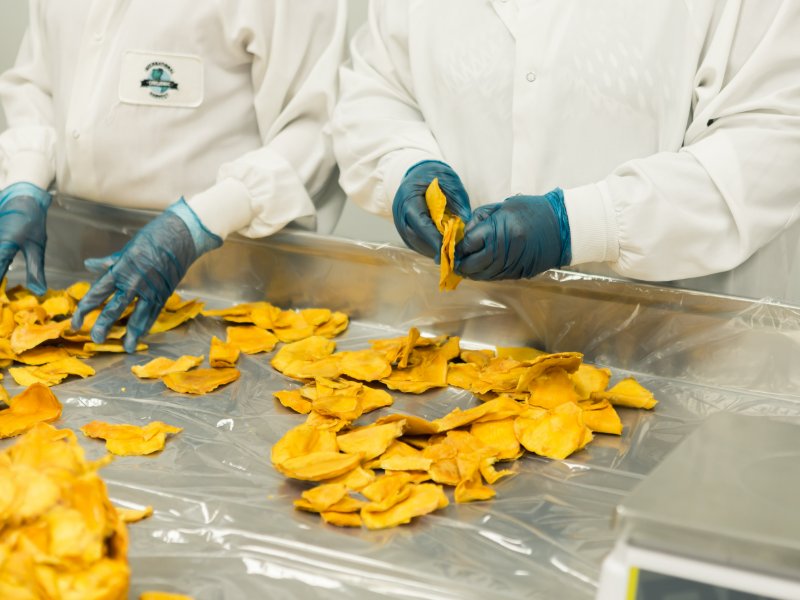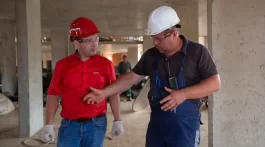What do you picture when you hear “food manufacturing”? Perhaps you picture workers along an assembly line filling bags with food, or maybe you think of animal slaughtering. There is actually a huge variety of jobs in the food manufacturing industry, and like other manufacturing jobs, they comes with some risks.
According to a study done by workers’ compensation attorneys at KSK Law, food manufacturing had the highest number of occupational injuries and illnesses of any other manufacturing industry in 2020. Let’s explore why that may be.
What is Food Manufacturing?
Food manufacturing refers to the process of transforming raw ingredients into edible food. Processed food is a multi-trillion dollar industry in the United States, and the demand is only growing. Food manufacturers usually work in factories on assembly lines. While there are some slight industry differences between food processing and food manufacturing, the terms are often used interchangeably.
Food processing often involves one or many of the following steps: cleaning; chopping, peeling, or grinding; seasoning; preserving or dehydrating; homogenizing; cooking; and packaging. To perform these tasks, workers use a variety of machines and tools, and as with any other industrial job, there are inherent risks that come with working in manufacturing.
Food Manufacturing Risks
While there are many dangers in manufacturing that can lead to injury or illness, here we highlight four common risks.
- Dangerous Machines/Equipment. In food manufacturing, large pieces of machinery are often used. As with other manufacturing jobs, the machines used can become extremely dangerous when they fail or are used incorrectly. The heavy, moving parts in these machines can cause everything from a minor injury, to amputation, to death. These risks should be mitigated by using machine guards and emergency stop systems, as well as properly training workers on how to use equipment. OSHA provides safety materials to warn workers about common hazards they may encounter, such as suffocation in grain bins.
- Slips, Trips, Falls. As with many other jobs that involve standing and walking, there is always a risk of falling and sustaining an injury. If there are stairs on site, there is an even greater risk. The most popular way to mitigate this risk is using adhesive grip tape to make floors less slippery. Food materials or liquids may end up on the floor of manufacturing plants, which only increases the chance of workers falling. There is also the added risk of tripping and falling into something that is even more hazardous, such as a dangerous chemical or a machine.
- Chemical or Biological Hazards. Plenty of foods are manufactured using potentially hazardous substances. One example of this is ammonia, which is used as a popular refrigerant to keep food cold. Unfortunately, this chemical is flammable as well as toxic in high doses. If there is an ammonia leak in a food manufacturing plant, it can be inhaled, leading to adverse health effects. Another example is poultry manufacturing, where workers are exposed to live birds. Feces and dust associated with poultry can lead to various diseases.
- Loud Noise. Something that may be overlooked by those outside the industry is the long exposure to noise and how it can damage workers’ hearing. Being surrounded by loud noise for eight hour shifts at a time can ultimately lead to tinnitus or deafness. Ideally employers will try and mitigate this risk by either limiting worker exposure time to the noise and/or providing protective ear equipment. Hearing loss can develop very slowly, but should be addressed as early as possible.




No Comment